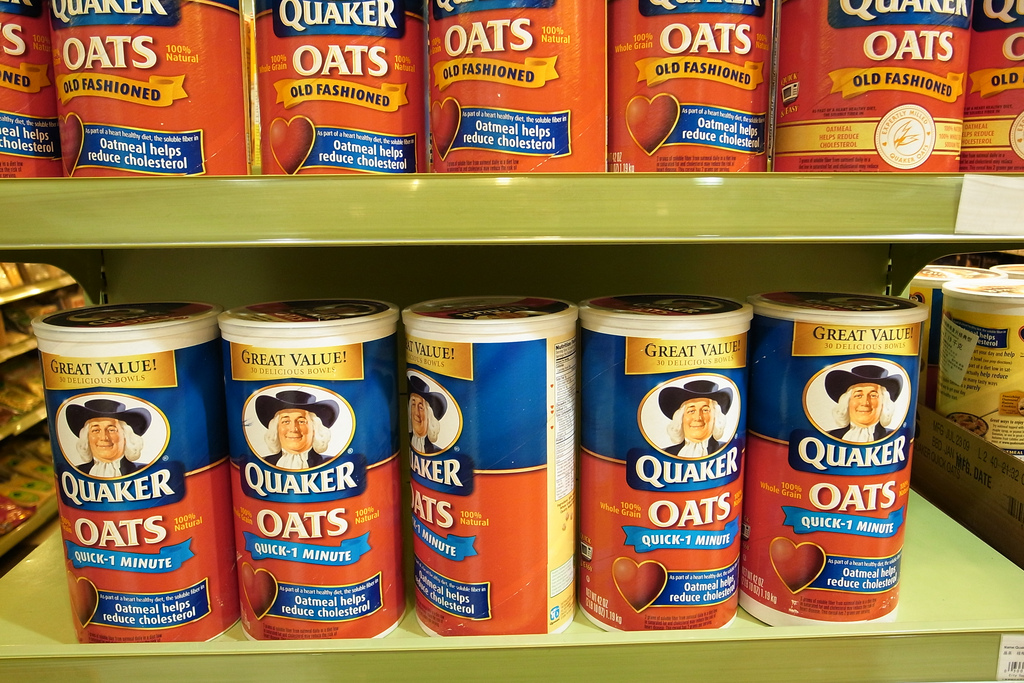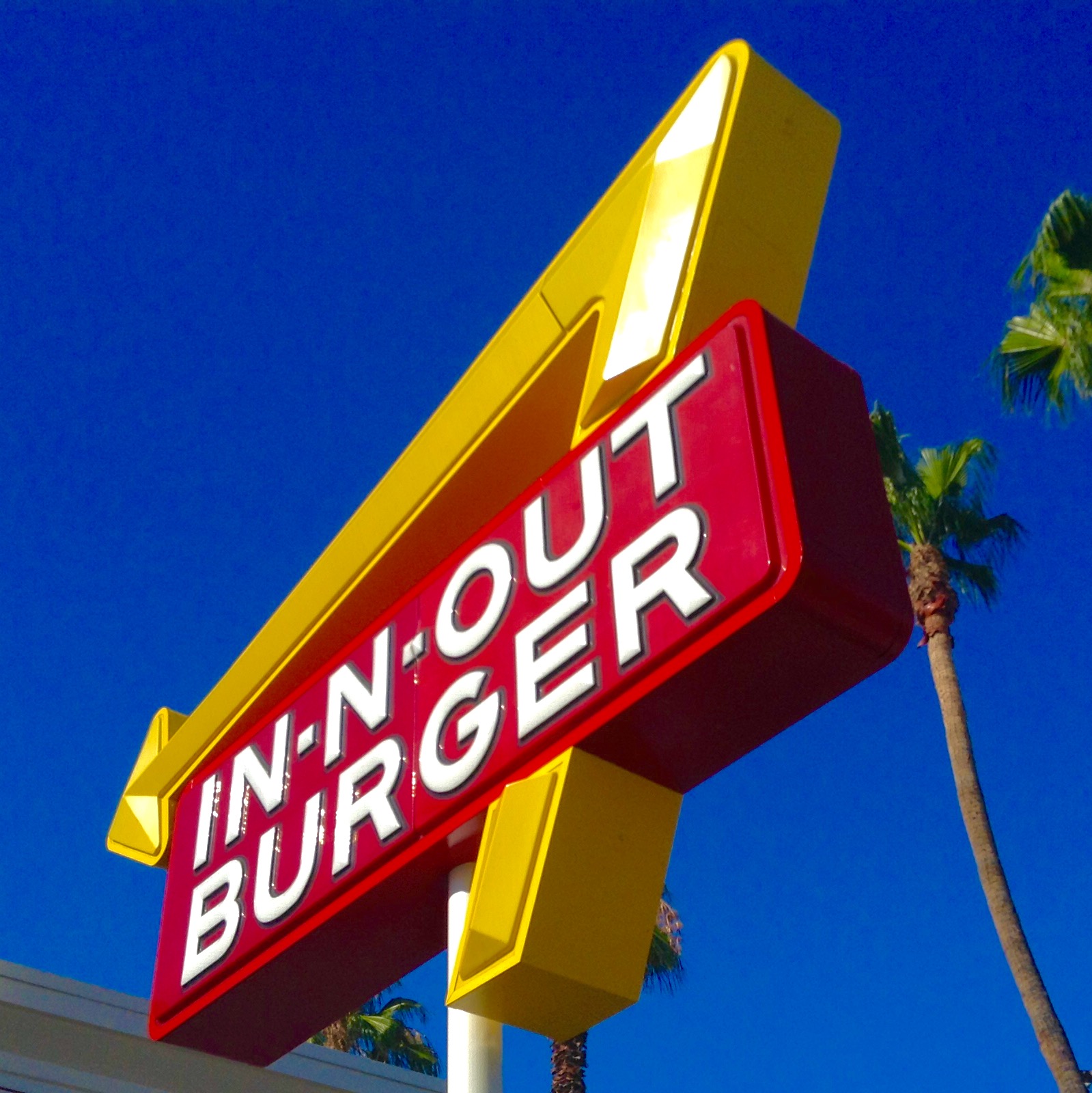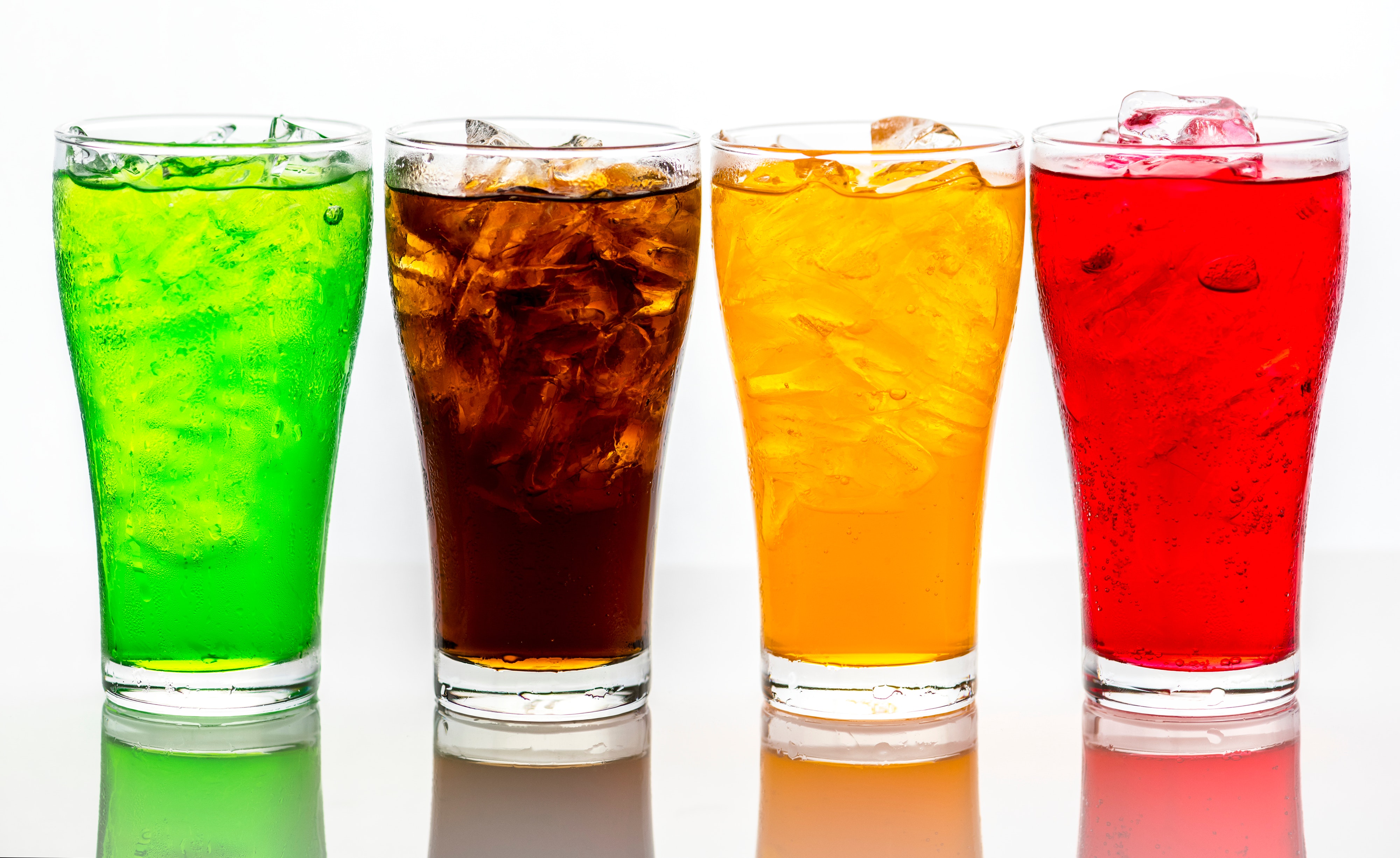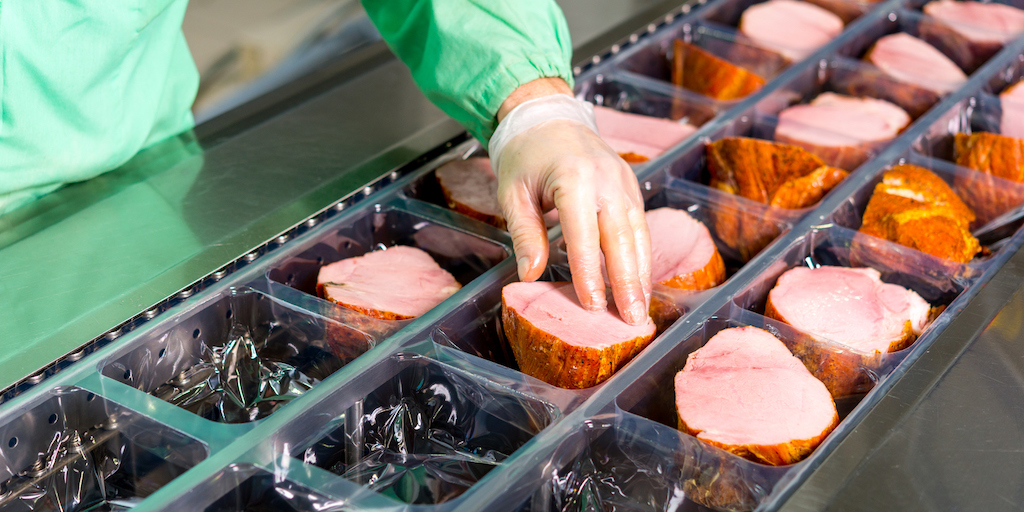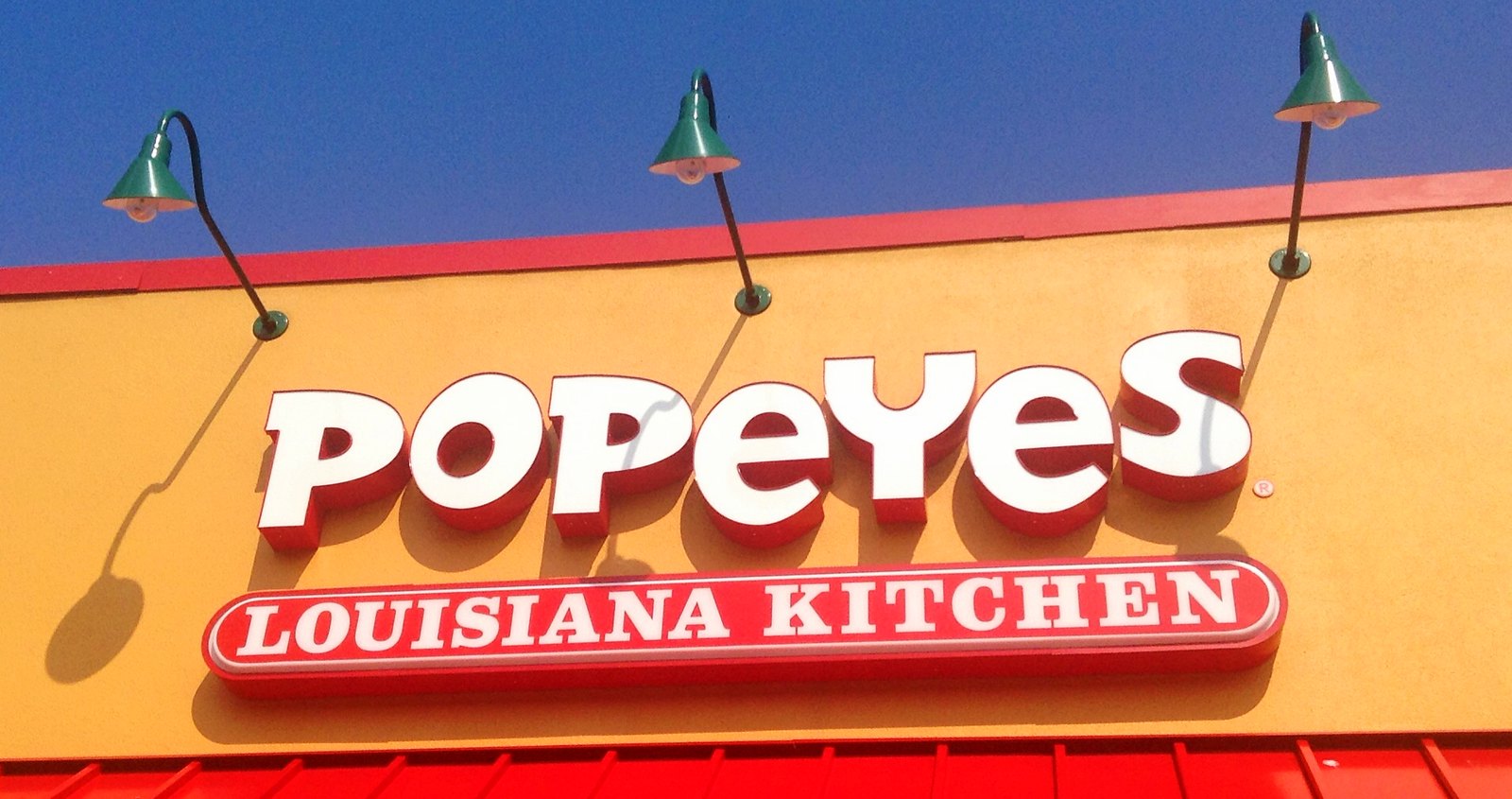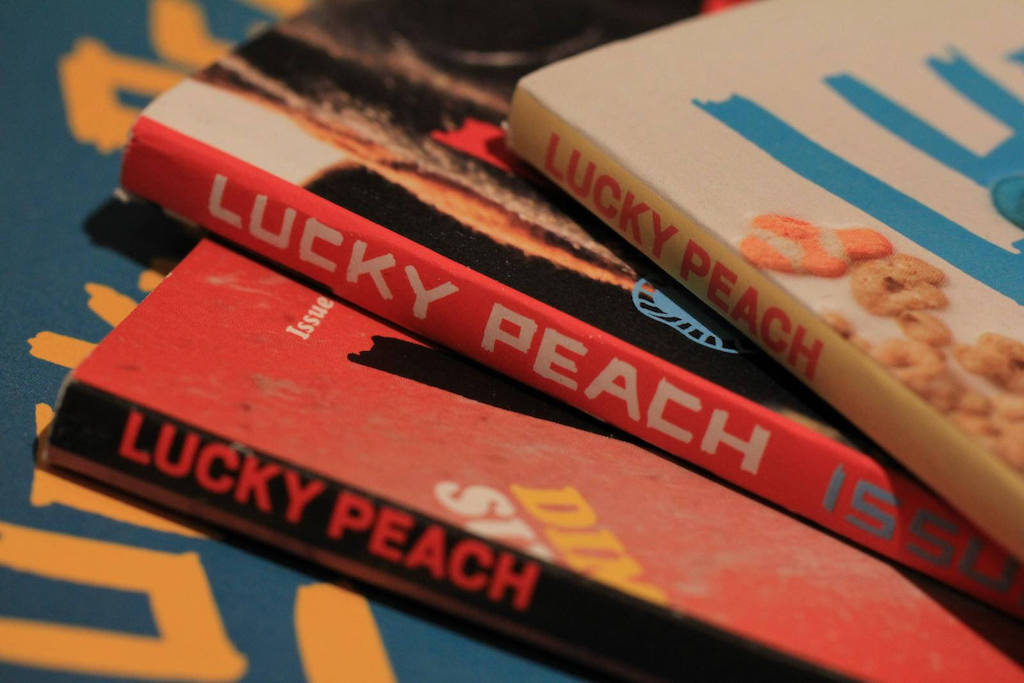This is the web version of a list we publish twice-weekly in our newsletter. It comprises the most noteworthy food stories of the moment, selected by our editors. Get it first here.
About that glyphosate report…. Last Friday, a jury fined agrochemical company Monsanto for causing deliberate harm by failing to warn the public about the risks associated with Roundup weed killer (active ingredient glyphosate). Our reporter Jessica Fu covered that story. But that was just the beginning of the tidal wave of glyphosate coverage this week, aided by an Environmental Working Group (EWG) report that found “unsafe” levels of glyphosate in General Mills and Quaker Oats products. That report was picked up by CNN, The Guardian, CBS, and others.
Here’s the thing: Interest groups release reports about glyphosate in common foods pretty regularly. And they usually dramatize the scale of the problem—in this case, the characteristically overwrought title is “Breakfast with a Dose of Roundup?” EWG has decided “safe” trace amounts of glyphosates should be measured in parts per billion, whereas the Environmental Protection Agency measures trace pesticides in parts per million. Our columnist Patrick Clinton penned a nuanced column on the ins and outs of the glyphosate conundrum a year ago. It’s still recommended reading.
Al dente. Ever notice that dry spaghetti breaks into three or four pieces, never in half? (Okay, we didn’t either.) But evidently physicists have been losing noodles over the conundrum for decades. Recently, two MIT students cracked the code: all you have to do is bend and twist, The Washington Post reports. Next, they should figure out how to make whole wheat spaghetti taste good.
Check, please. Restaurant sales are rising faster than they have since 1992, according to new numbers from the Department of Commerce. A Bloomberg analysis of that data suggested that “Americans are spending their extra cash from tax cuts on dining out.” Said tax cuts are a reference to the overhaul Republicans passed in December. But you may not have seen a noticeable boost in your paycheck: Just 25 percent of registered voters did, according to a poll conducted by Politico and Morning Consult in February. The most likely group to say they’d seen an uptick? High-income earners. Which means that some Americans may be spending extra cash on wining and dining, but that group is by no means inclusive. Bloomberg corroborates our suspicion later in the piece, when acknowledging that customer traffic is, in fact, down, but never connects the dots. Keep your receipts, kids.
Got oat? You may want to stockpile it—if you live in New York, that is. According to this recent piece in The New Yorker, where once we were drowning in oat milk (2016), now we are dry. It’s hard to know whether to blame Oatly, the Swedish company that got us hooked on liquefied raw oat kernels and then couldn’t keep up with demand, or New York, for being so damn dairy intolerant. Brooklyn, in particular, loves it some alt-dairy: hipster tastemakers and trendy coffee shops quickly embraced the neutral taste of oat milk, which apparently empowers coffee to “speak for itself,” and then drank it all up. So, until another batch of Oatly arrives in the 718, residents may have to live with the nut milk aftertaste of their choosing.
